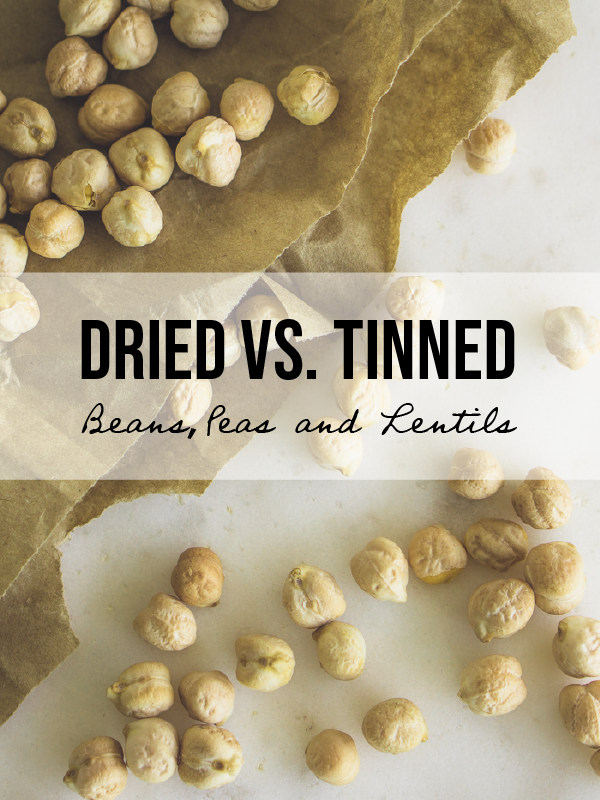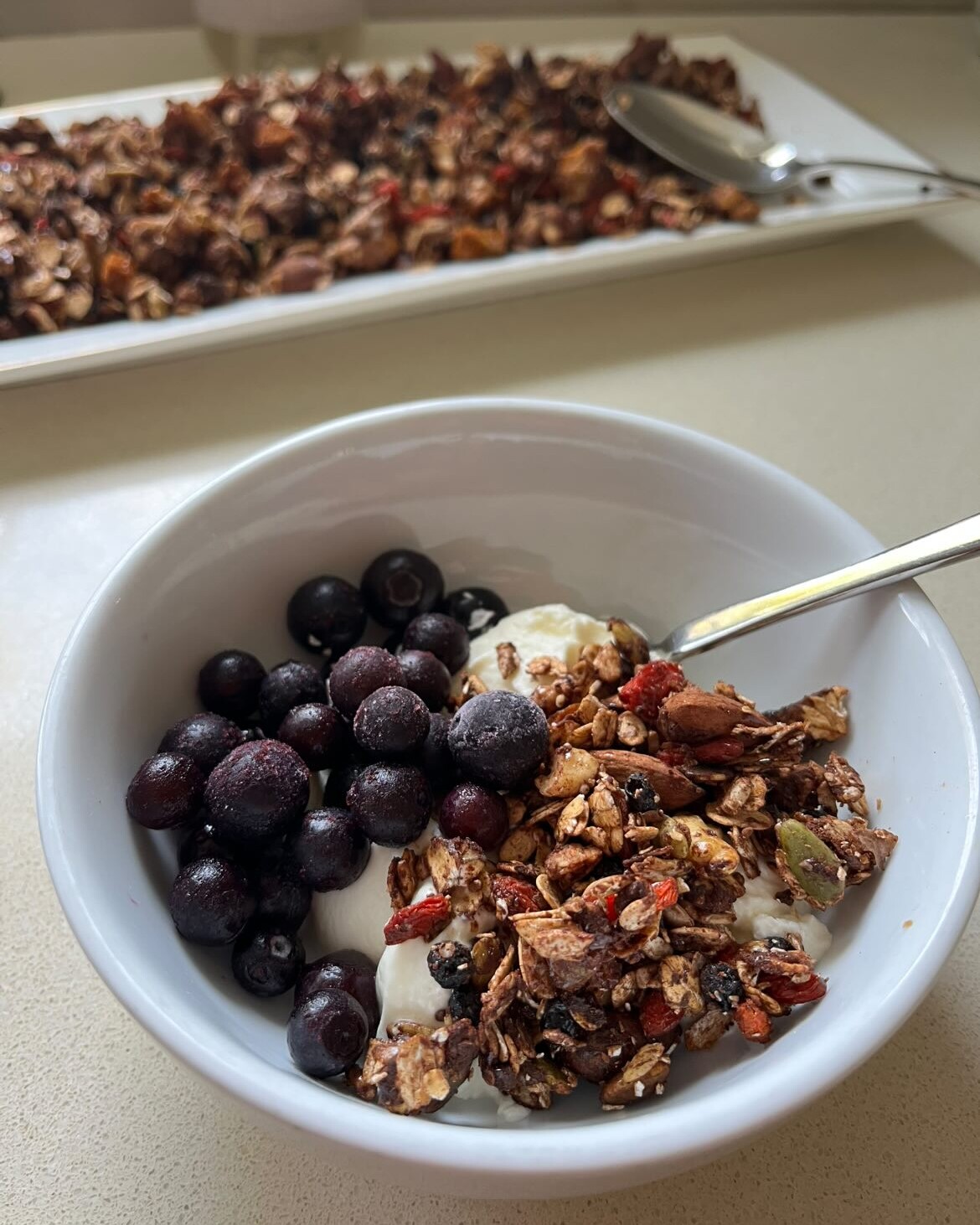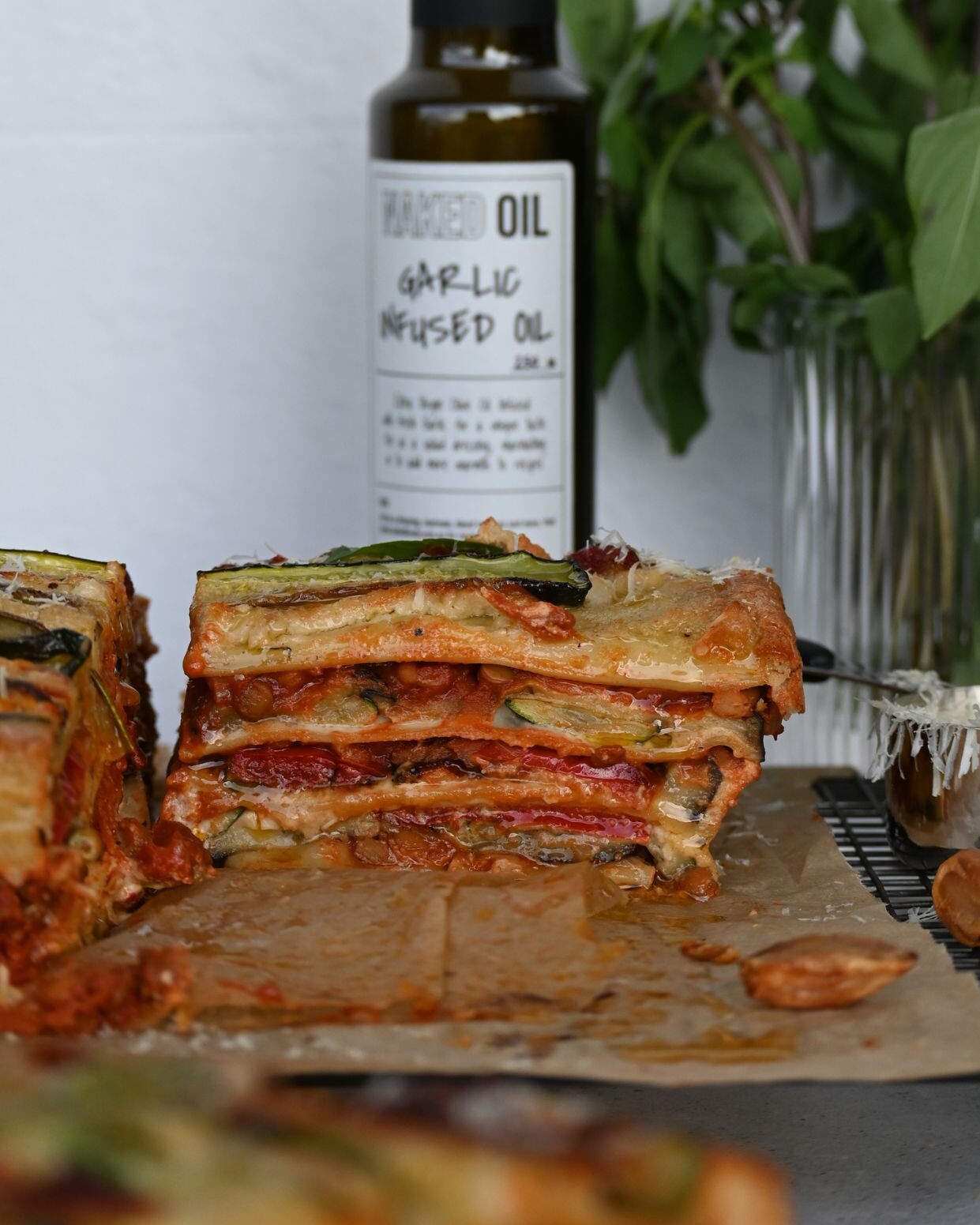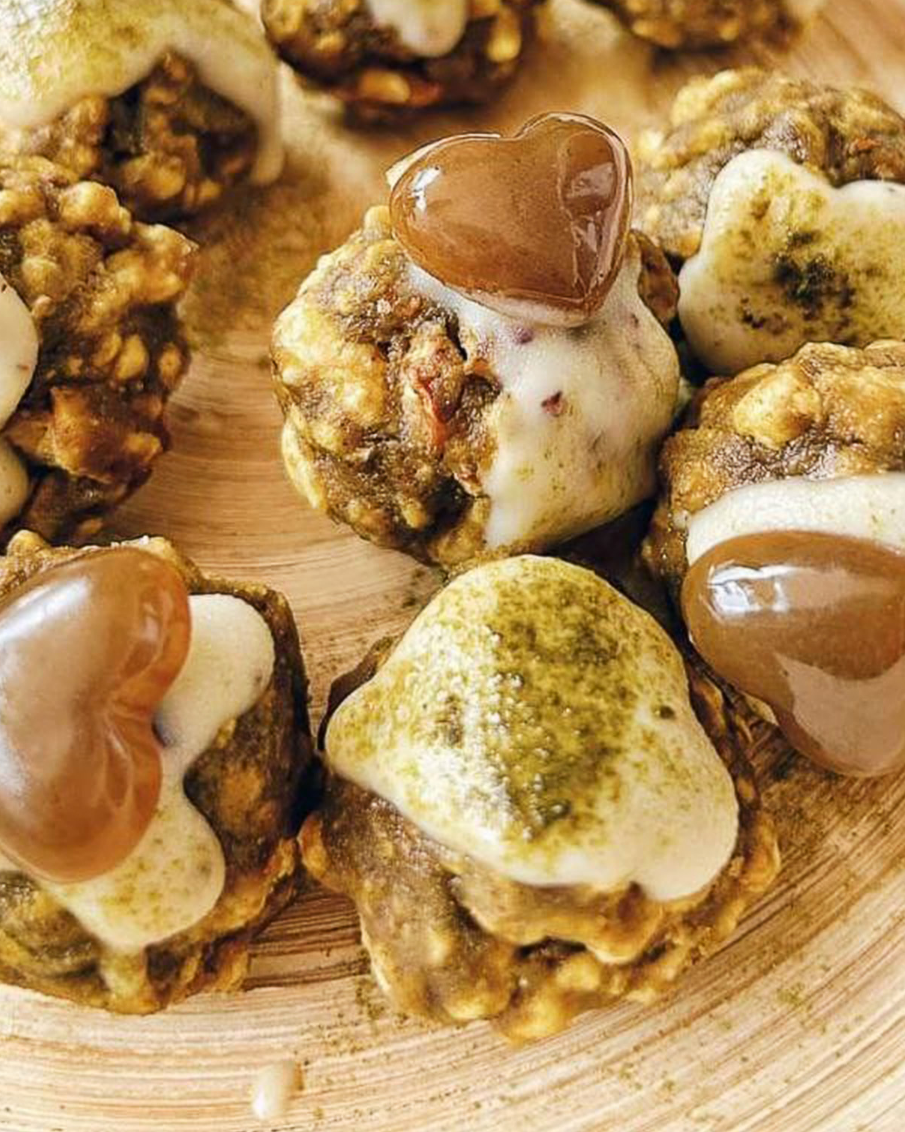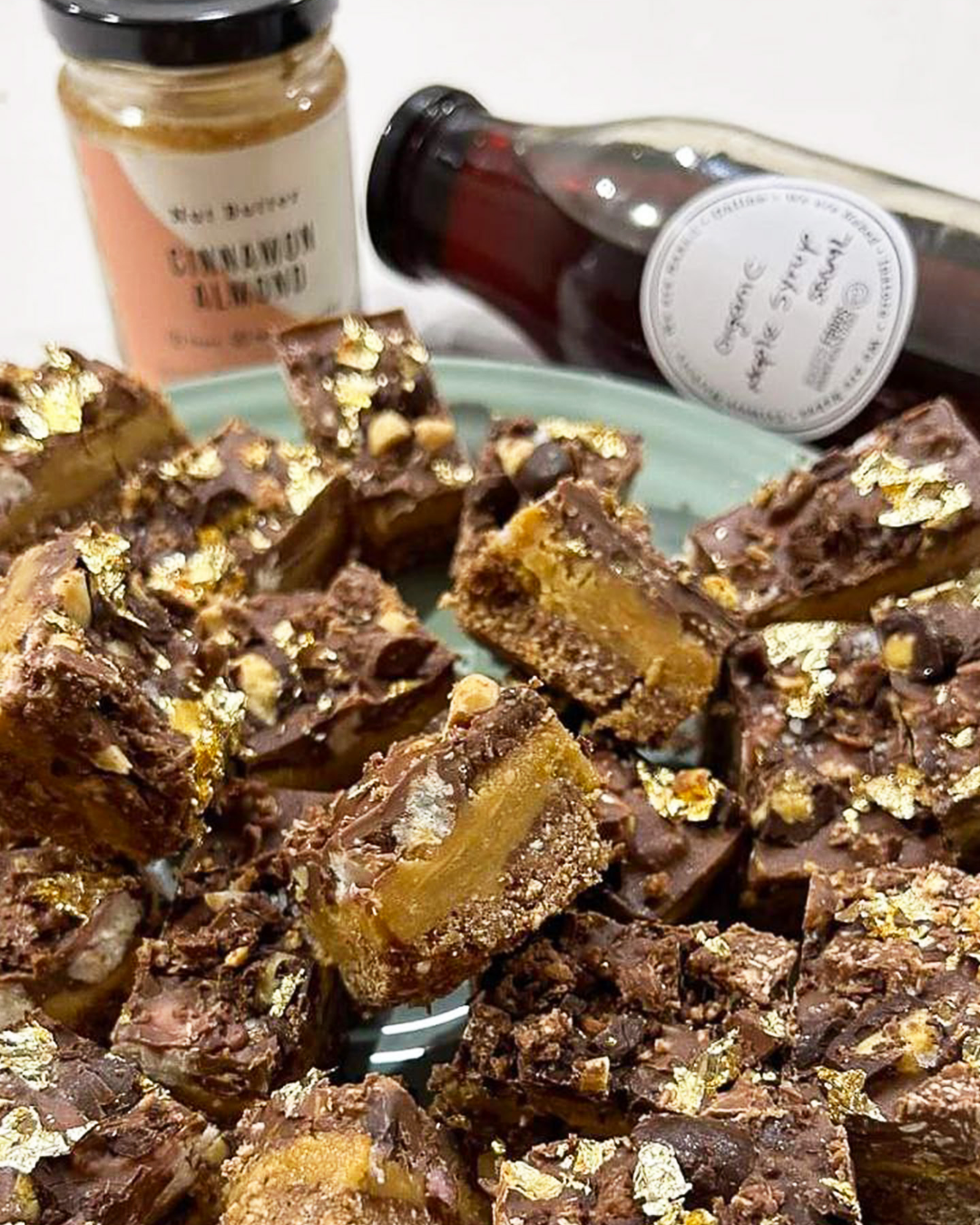Pulses (beans, peas, and legumes) have been consumed for at least 10,000 years and are among some of the most extensively used foods across the world. Pulses are incredibly nutritious, containing both protein and fibre, as well as a significant source of vitamins and minerals, such as iron, zinc, folate, and magnesium.
Whether you’re reasonably new to the wholefoods scene or have been including pulses in your diet for some time, you may be wondering what the benefits are in buying dried pulses over canned or tinned.
Accredited Nutritionist and Herbalist from Wholefood Healing, Brittany Darling, has shared her top 3 reasons on why dried pulses are the way to go.

Mung beans living their best life – Cypriot Salad With A Twist.
1. Skip BPA and Aluminium
By now you have probably heard of Bisphenol A or ‘BPA’, the toxic chemical that can leach into foods from the lining of plastic or coated products. BPA is found in plastic containers, water bottles, takeaway packs, and baby bottles – but did you know it is also used as a coating in canned foods?
BPA is an endocrine disruptor – meaning that it’s a chemical that can interfere with the endocrine (or hormonal system). Endocrine disruptors can cause havoc in the body and have been associated with certain cancers, genital defects in males, early onset of puberty in females, obesity and behavioural problems such as attention-deficit hyperactivity disorder. Not something you want to be getting with your chickpeas!
While there are some companies now offering BPA-free cans, it’s still worth thinking about why food manufacturers want to coat a can with a ‘protective’ (despite being dangerous) lining anyway? Well, it’s to stop the chemicals from the material used to make the can leaching into the food in your can. Cans can be made of different materials but usually, they are aluminium. While further research still needs to be done into the safety of aluminium, preliminary studies have shown a correlation between high aluminium levels and degenerative diseases such as Alzheimer’s.
The best way to avoid BPA and metals like aluminium are to skip the can altogether and purchase dried pulses – which you can buy and store in a reusable jar or paper bag.

Chickpea curry is always a good idea.
2. Reduce Your Waste
Buying dried pulses in bulk allows you to make a dramatic impact on your overall waste impact. As pulses usually come in plastics or cans, removing the packaging gives you less waste to worry about recycling or ending up in a landfill.
You also reduce the food miles of a product when you buy dried pulses as it takes less energy and resources to get the pulse from the field to store.
If you are trying out a new recipe that calls for an exotic ingredient you can buy the exact amount you need. 130g of mung beans? Buy exactly that. No more shelves full of half empty bags being eaten by pantry moths or thrown away.

We’re pretty sure this is how beans party – Curry Spiced Bean Salad.
3. Taste and Variety
The tradeoff for the extra time it takes to cook dried pulses is the deep flavours that you will never be able to get out of canned legumes. Ingredients like onions, garlic, herbs, spices and fresh chilli infuse far greater when you cook with dried pulses as opposed to canned.
Dried pulses cook slightly more slowly, which gives them time to soak up whichever wonderful flavour combinations you choose to use. It’s just not the same if you add identical ingredients to a pot of already-cooked canned beans.
There are also far more varieties of dried pulses available in comparison to canned, meaning you can get a lot more creative in the kitchen and mix up your mid-week meals.

If heaven had a spice collection, it would taste like this Yellow Split Pea Dahl.
3. Price
Just in case you needed a little more persuading, tinned pulses are typically more expensive than dried, are heavier to transport (increasing emissions) and are more energy-intensive to process.
Where To Begin?
To get the best texture, flavour and nutrition out of your dried pulses, make sure you soak them prior to cooking. The night before, or in the morning rinse the beans and put them in a large bowl with three times their volume in water and pop them in the fridge overnight to soak. This means they will cook more quickly and also be easier on the digestive system.
Our Favourite Recipes Using Pulses
Ready to start cooking? Pulses are so versatile – you can pop them in salads, use them as protein in curries and dahls, or even use their juices for vegan meringue!
Here are some of our favourite pulse recipes:
- Curry Spiced Bean Salad
- Cypriot Salad With A Twist
- French Green Lentil, Pepita and Broccolini Salad
- Indian Butter Curry (amazing with chickpeas!)
- Yellow Split Pea Dahl
You can find even more pulse recipes in Naked Foods stores.
Words by Brittany Darling – Accredited Nutritionist and Herbalist.

